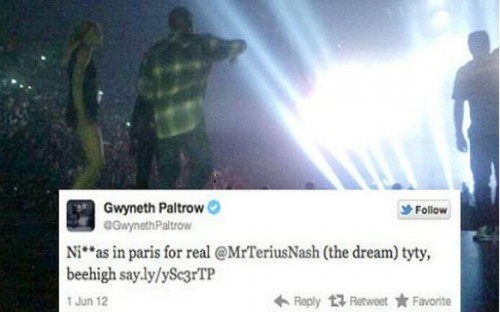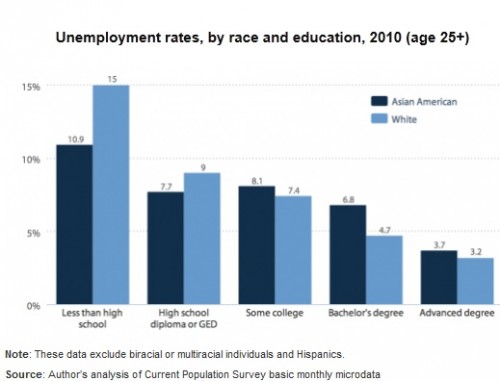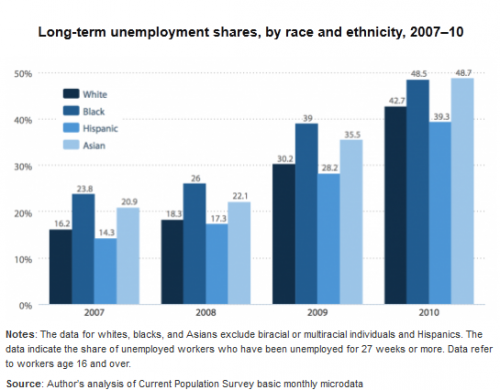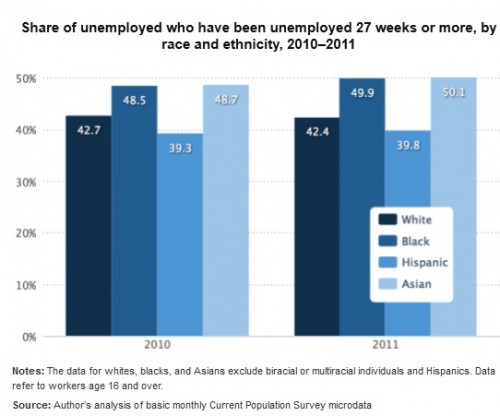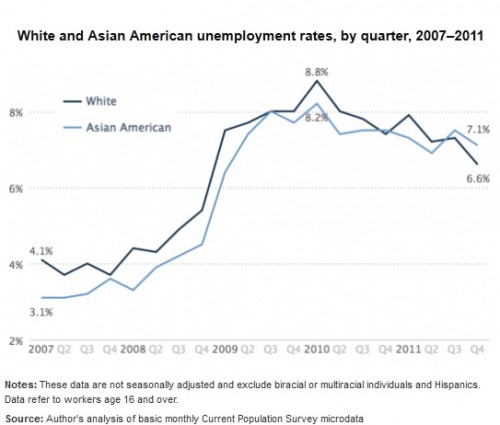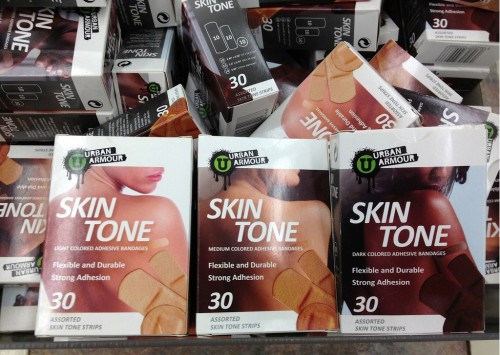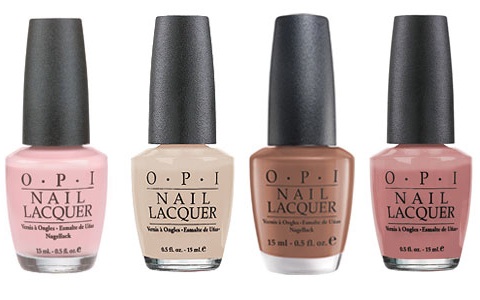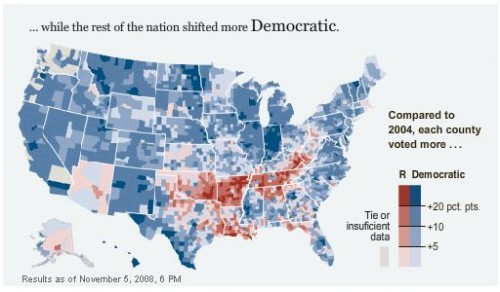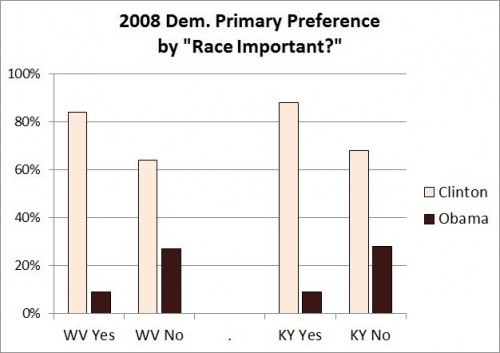One of our readers sent in an example of our cultural tendency to conflate “ethnic” with “non-white,” a conflation that renders whiteness invisible in discussions of race/ethnicity and its social impacts. You Beauty posted a slideshow about choosing an appropriate sunscreen, and the first slide highlights two that are “best for ethnic skin.” The accompanying text refers to “deeper skin tones” and includes a link to a story on “dark skin decoded”:
It’s a small example of the way that race and ethnicity are perceived more broadly in our culture, with whiteness taken as the neutral, as the absence of noticeable race/ethnicity, while “ethnic” is the marked, non-neutral state of all those who aren’t white.



